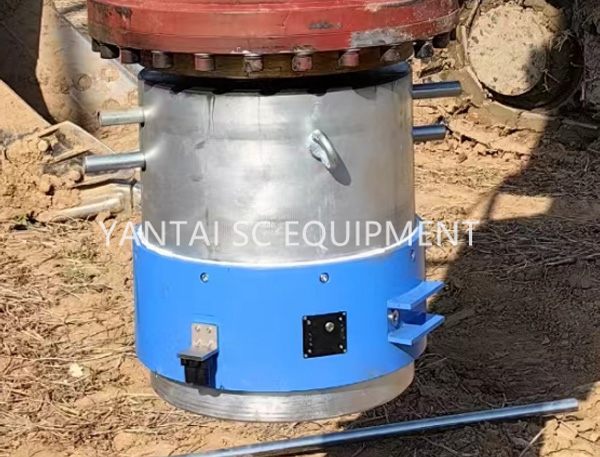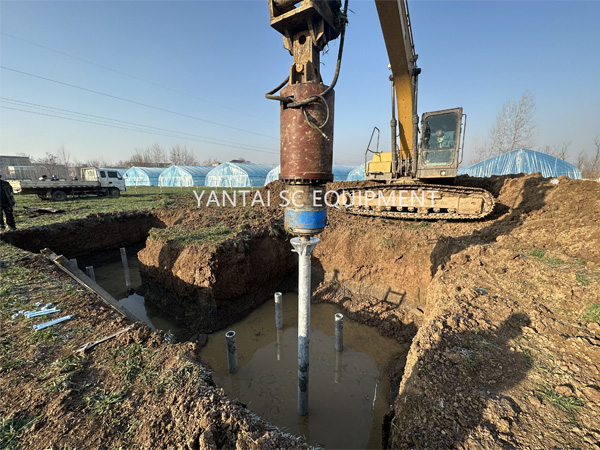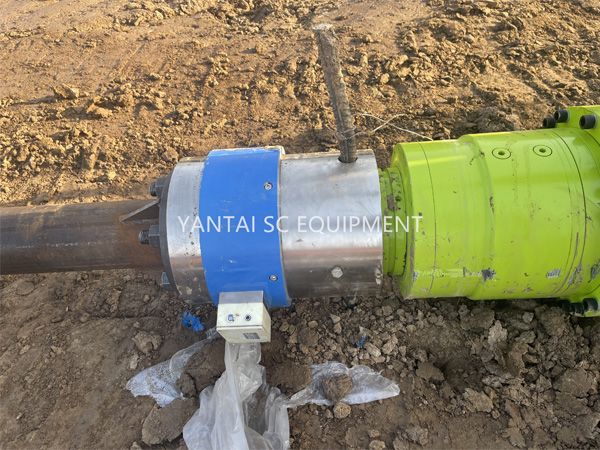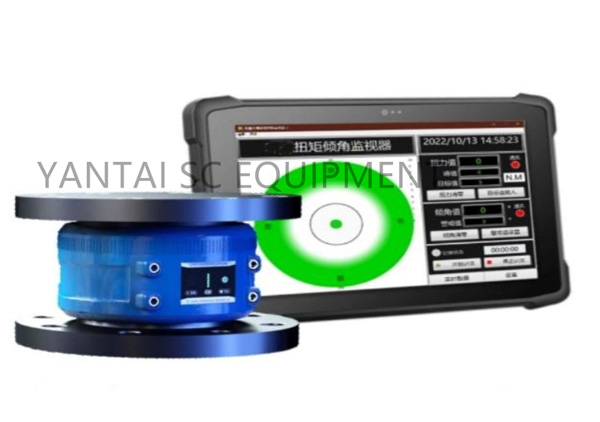Tel:
Email:
In the context of a screw auger, a torque and inclination monitor can be an essential tool for optimizing performance and preventing damage. Screw augers are used in various applications, including drilling, material handling, and conveying systems. Monitoring the torque and inclination in these systems can provide valuable insights into the operational conditions and help in maintaining efficiency and safety.

Torque monitoring in a screw auger setup involves measuring the rotational force applied to the auger. This is crucial because:
Preventing Overload: High torque levels can indicate that the auger is overloaded or encountering a blockage. This can lead to motor strain, increased wear, or even catastrophic failure if not addressed.
Efficiency: By maintaining optimal torque levels, the auger operates more efficiently, saving energy and reducing wear.
Feed Rate Control: In some applications, the torque can be used to control the feed rate of the material being moved or processed.

Inclination monitoring, while less common in stationary auger systems, can be very relevant in portable or adjustable systems where the angle of operation can change. Inclination can affect:
Material Flow: The flow of material through the digger auger attachment can be significantly impacted by the angle of operation, affecting efficiency and the risk of blockages.
Stress on Components: Different inclinations can alter the stress distribution on the auger and its components, potentially leading to premature wear or failure if not properly managed.
Safety: Especially in mobile applications, ensuring the auger is operating within safe inclination limits is crucial to prevent accidents or spills.

Implementing a torque and inclination monitoring system typically involves the use of sensors and a control system. Torque sensors are placed to measure the force exerted by the motor or directly on the auger shaft. Inclination sensors (such as accelerometers or gyroscopes) can measure the angle of the auger relative to the ground or another reference point. This data is then processed, often in real-time, to provide feedback to operators or automated control systems to adjust the operation accordingly.
Overall, a torque and inclination monitor for a screw auger can significantly enhance the operation’s safety, efficiency, and reliability by providing critical data that can be used for real-time adjustments and long-term improvements.
